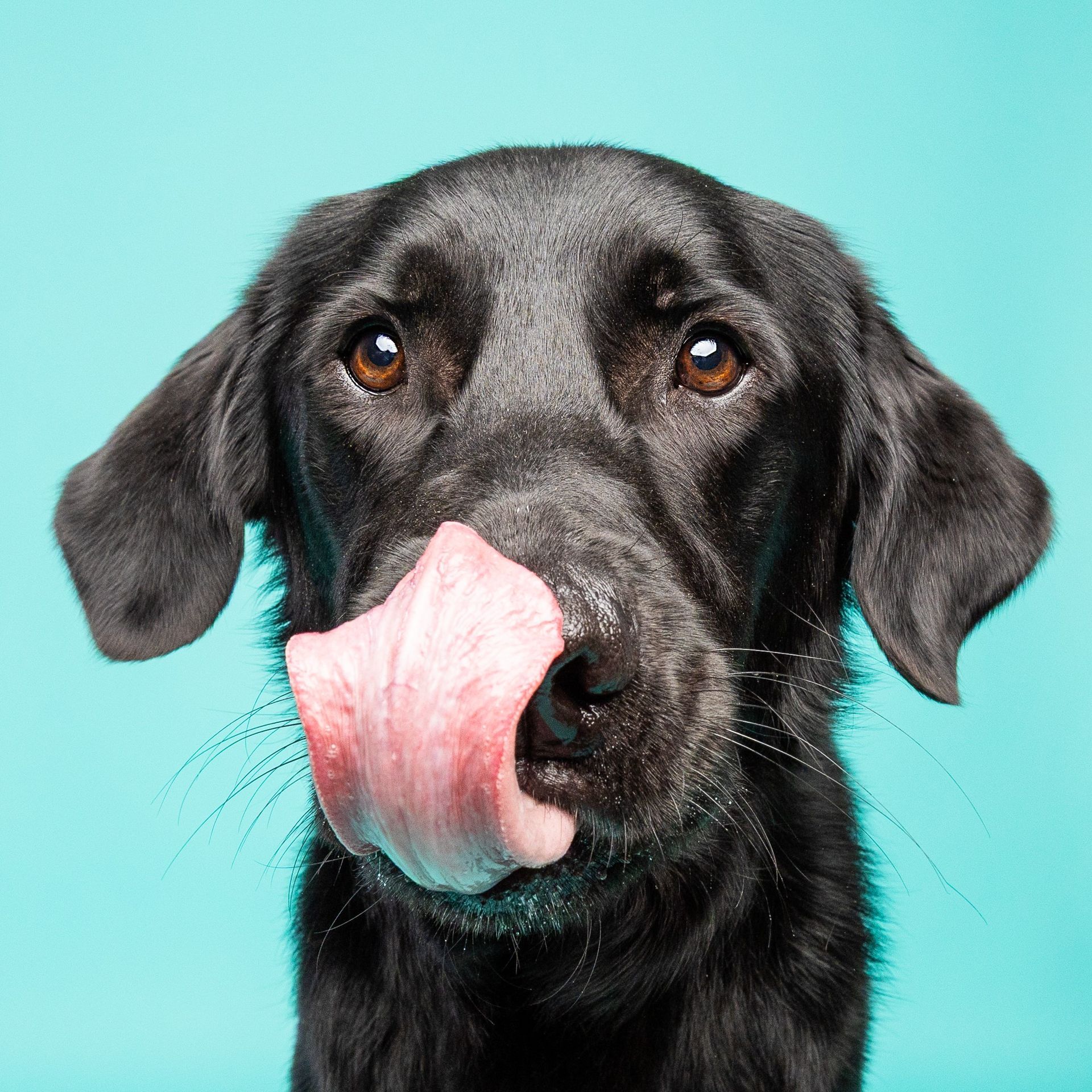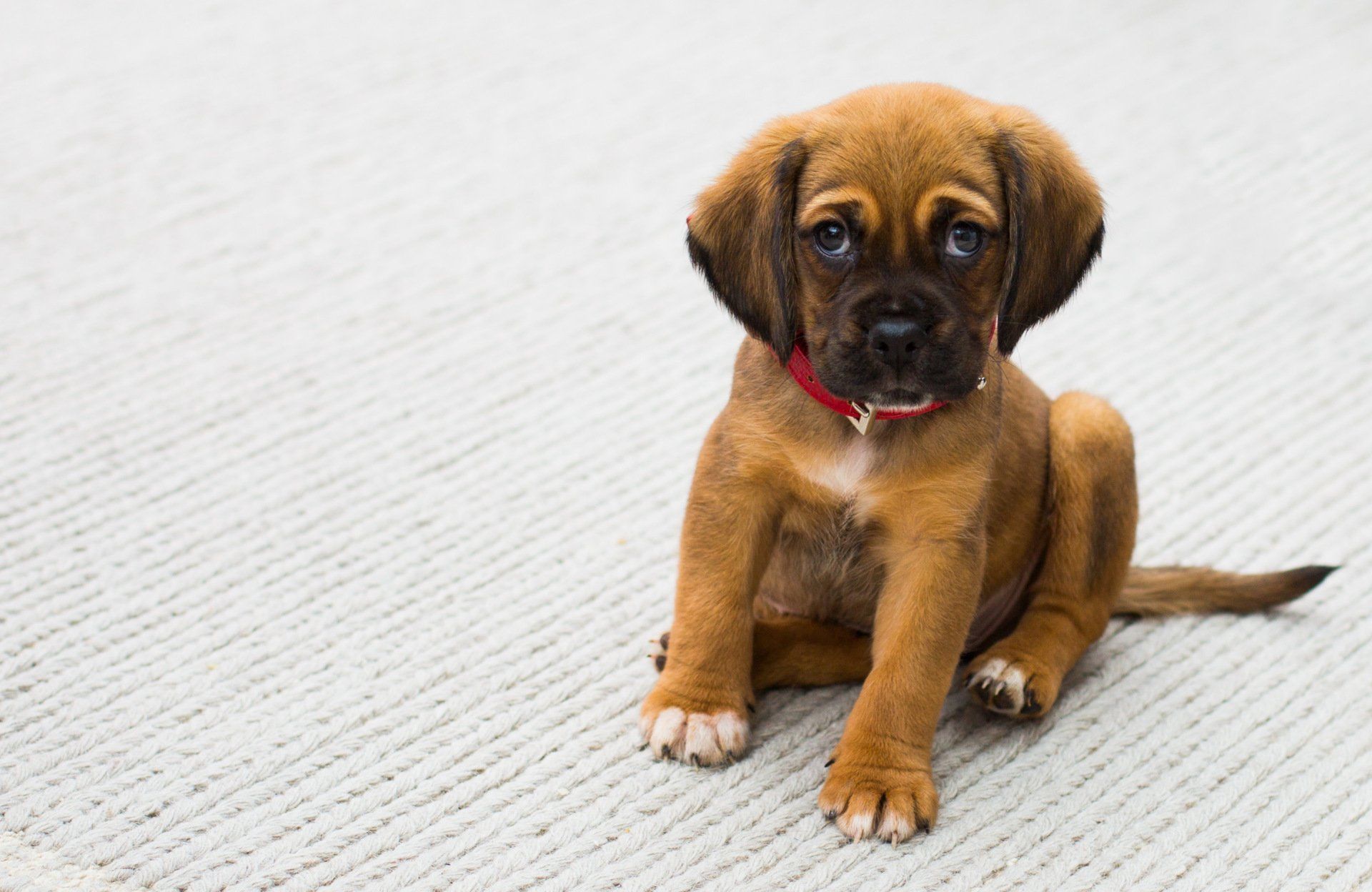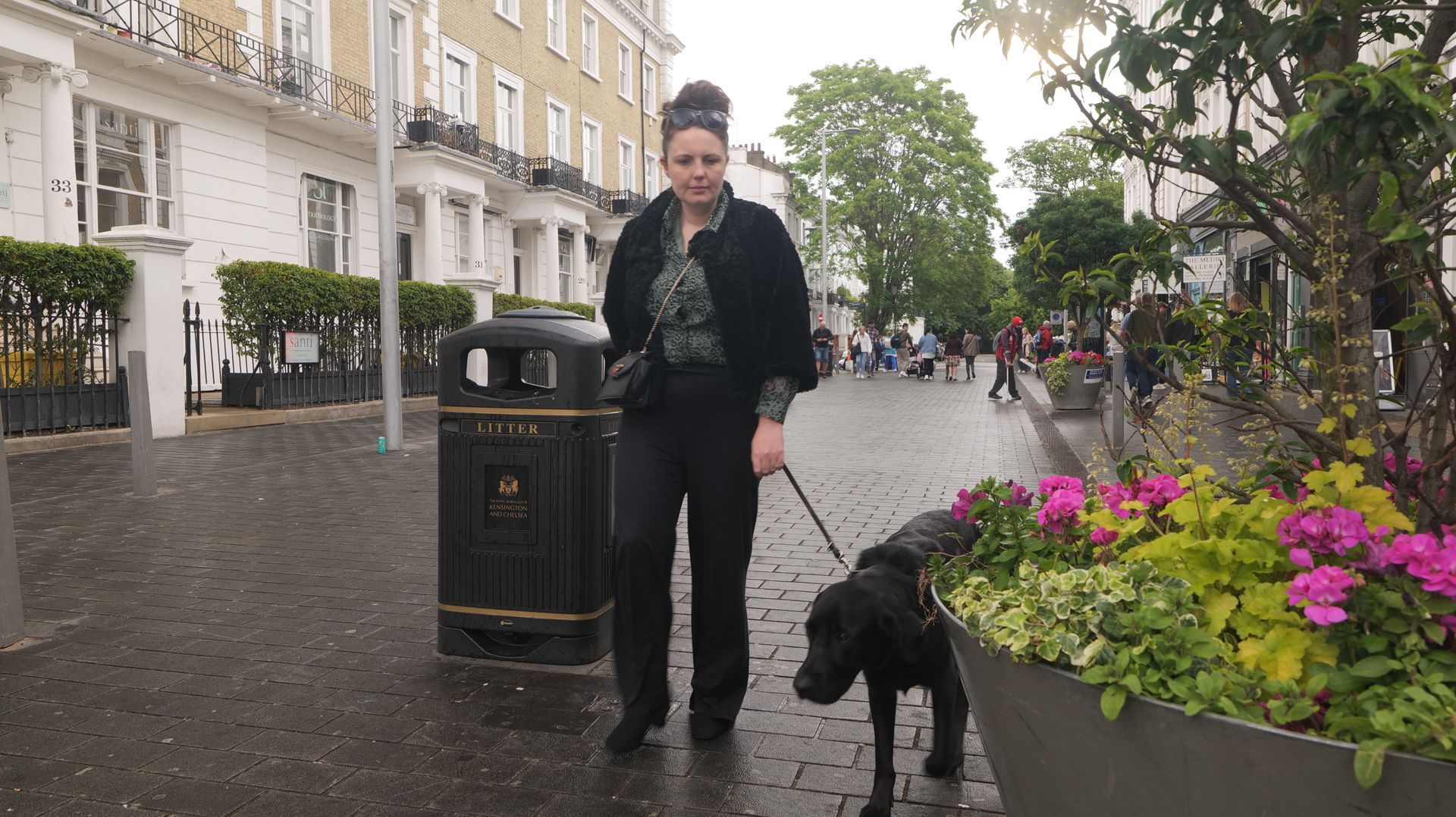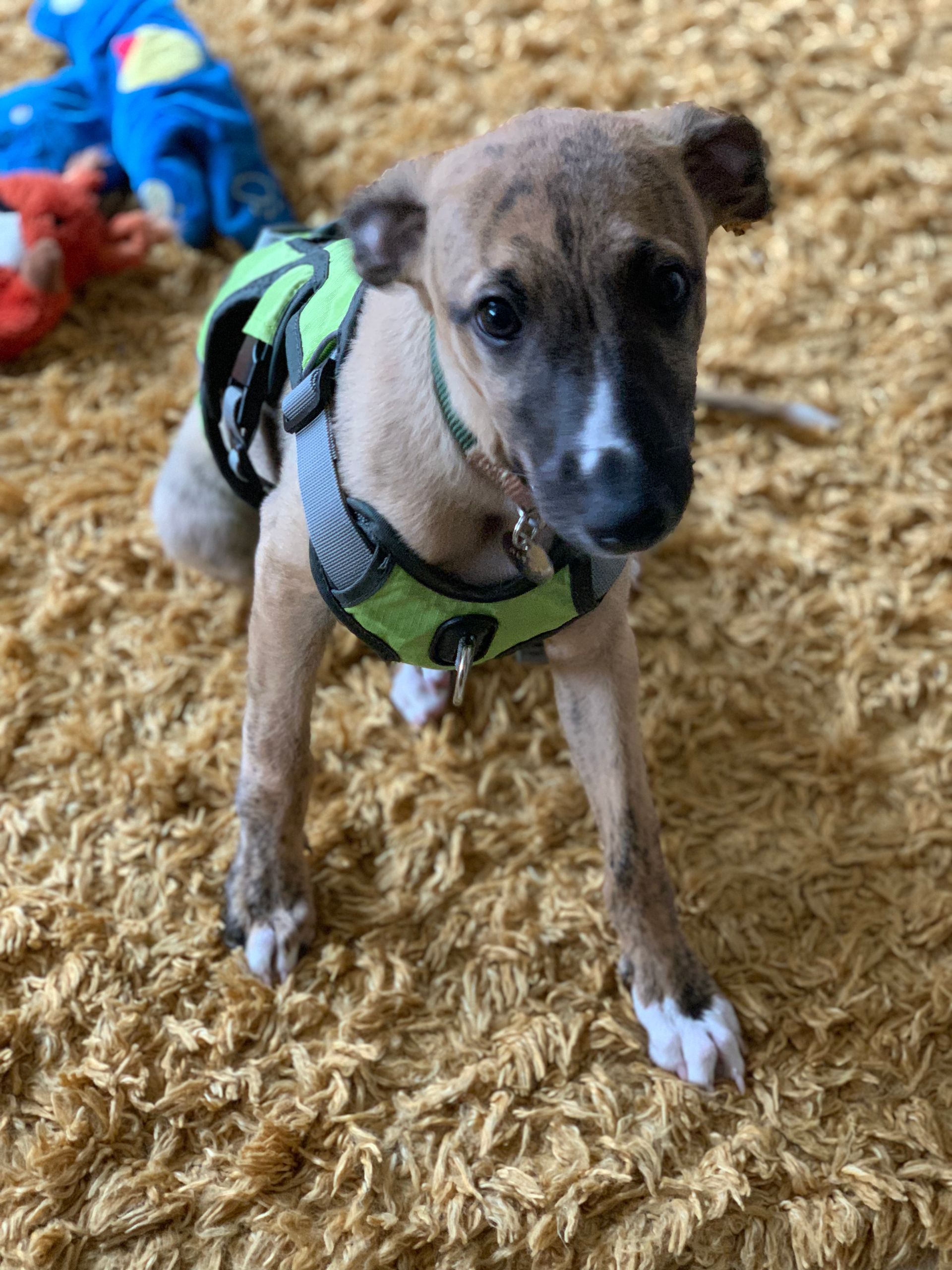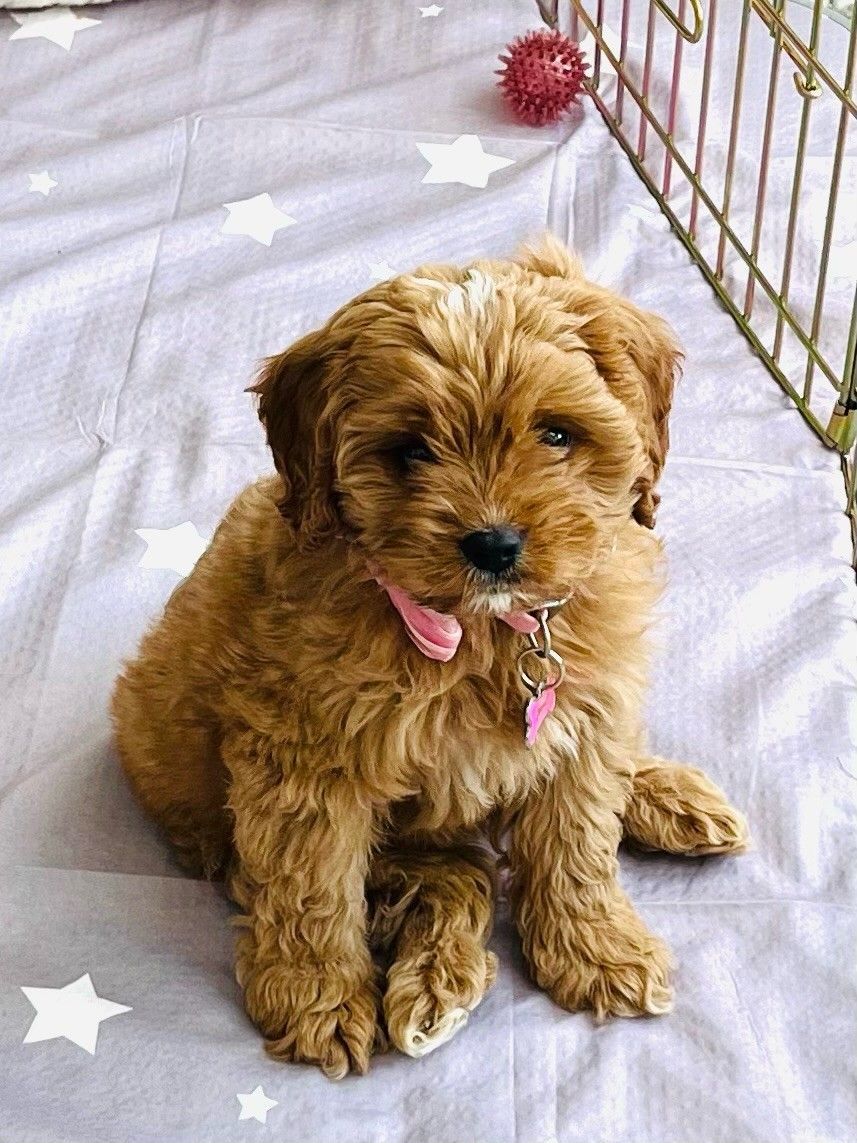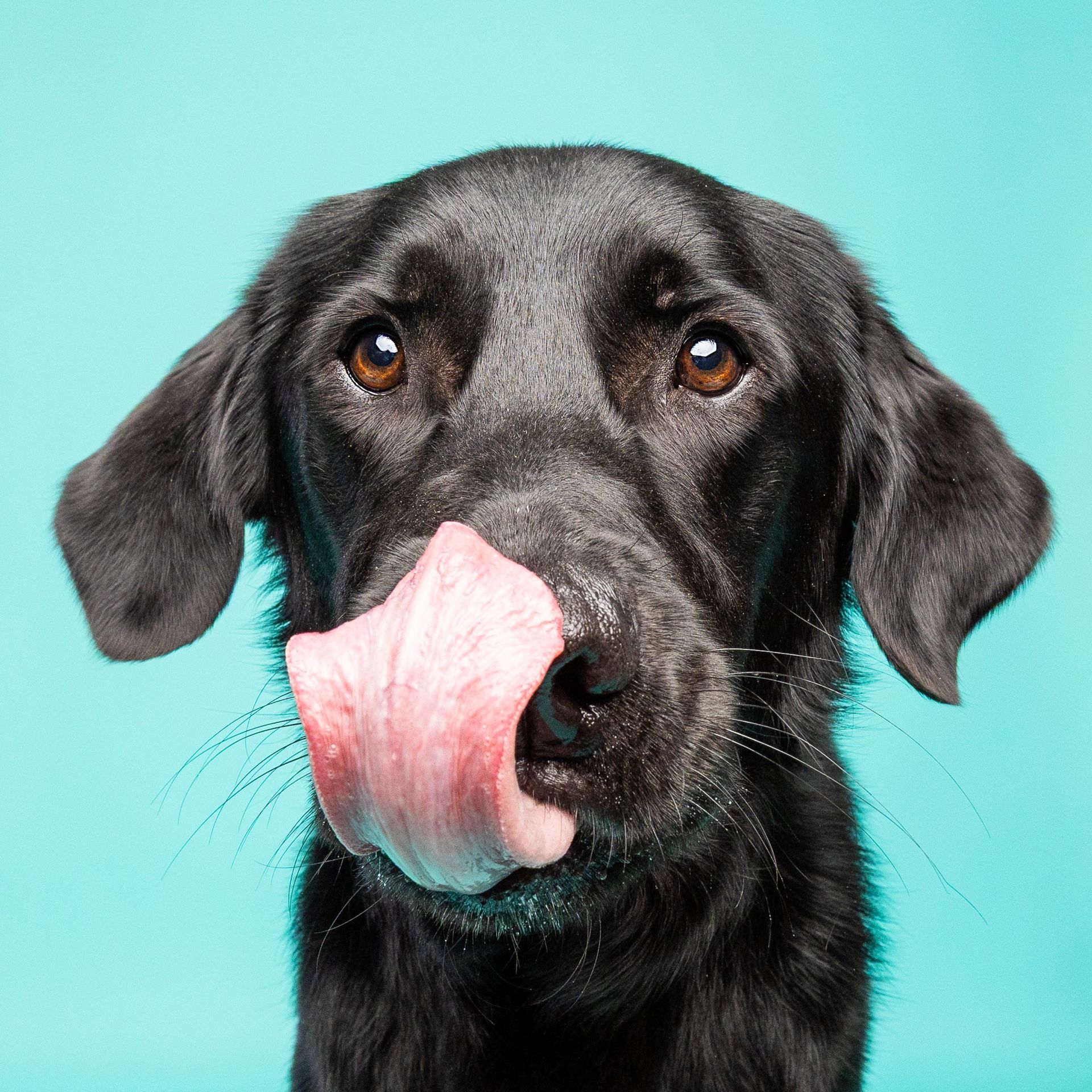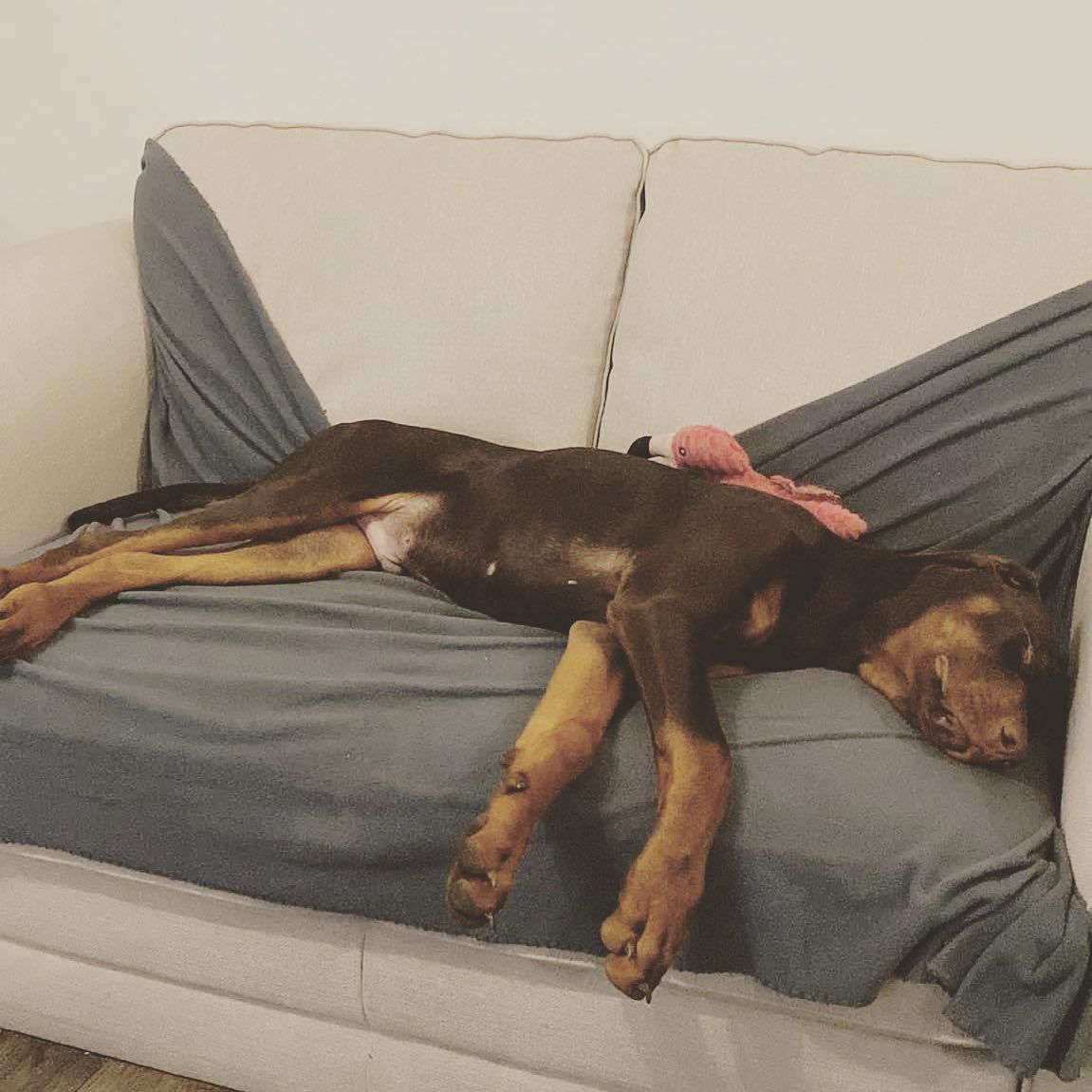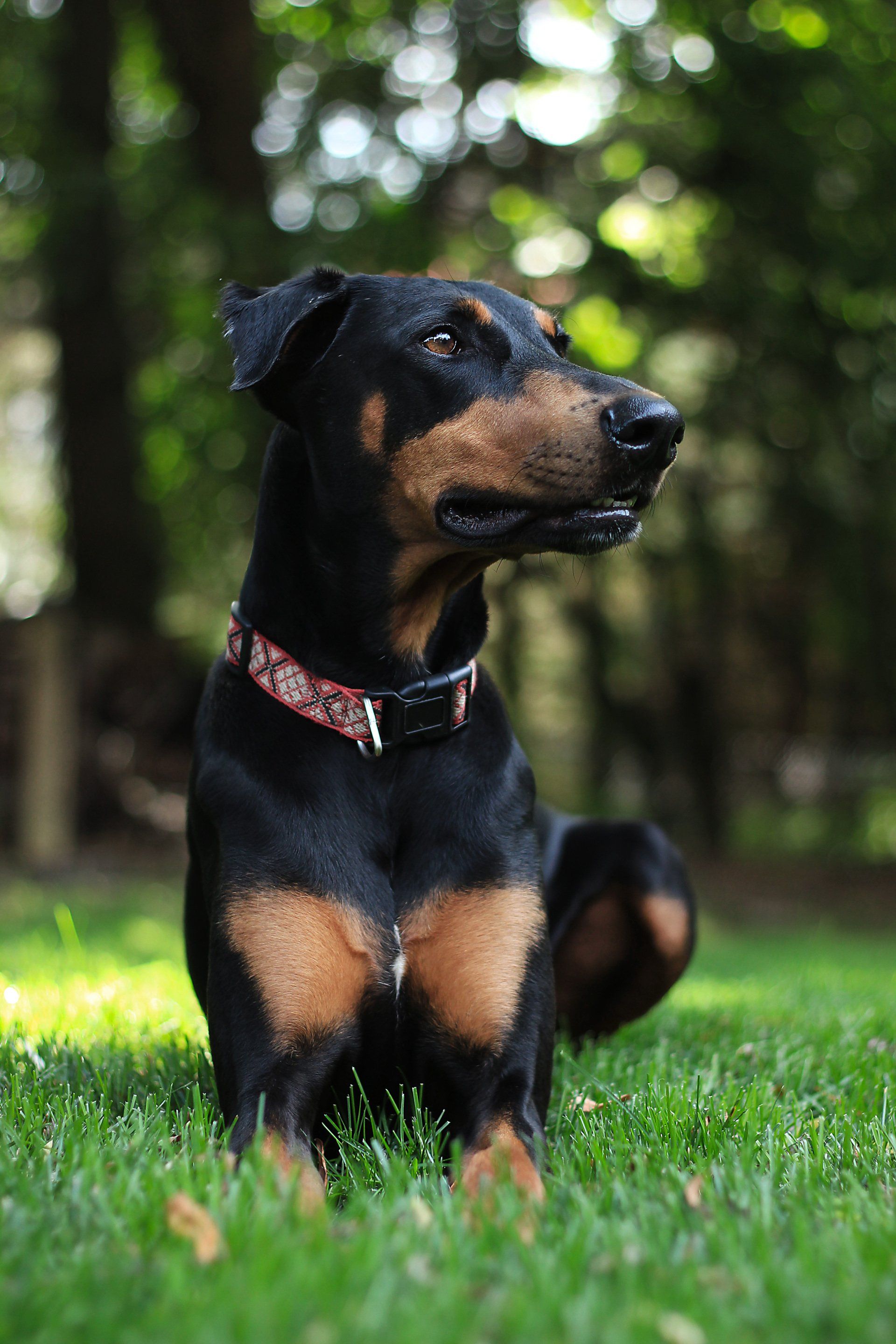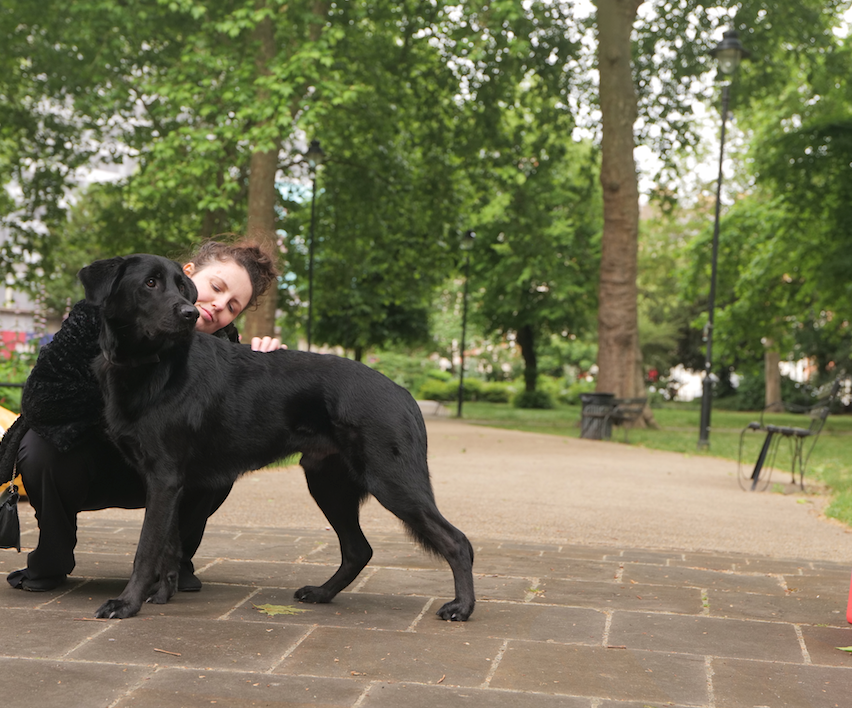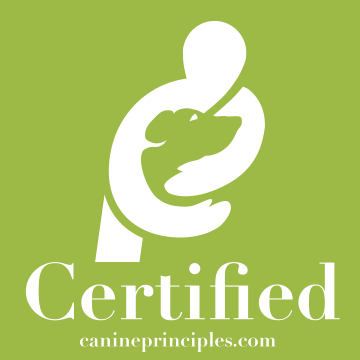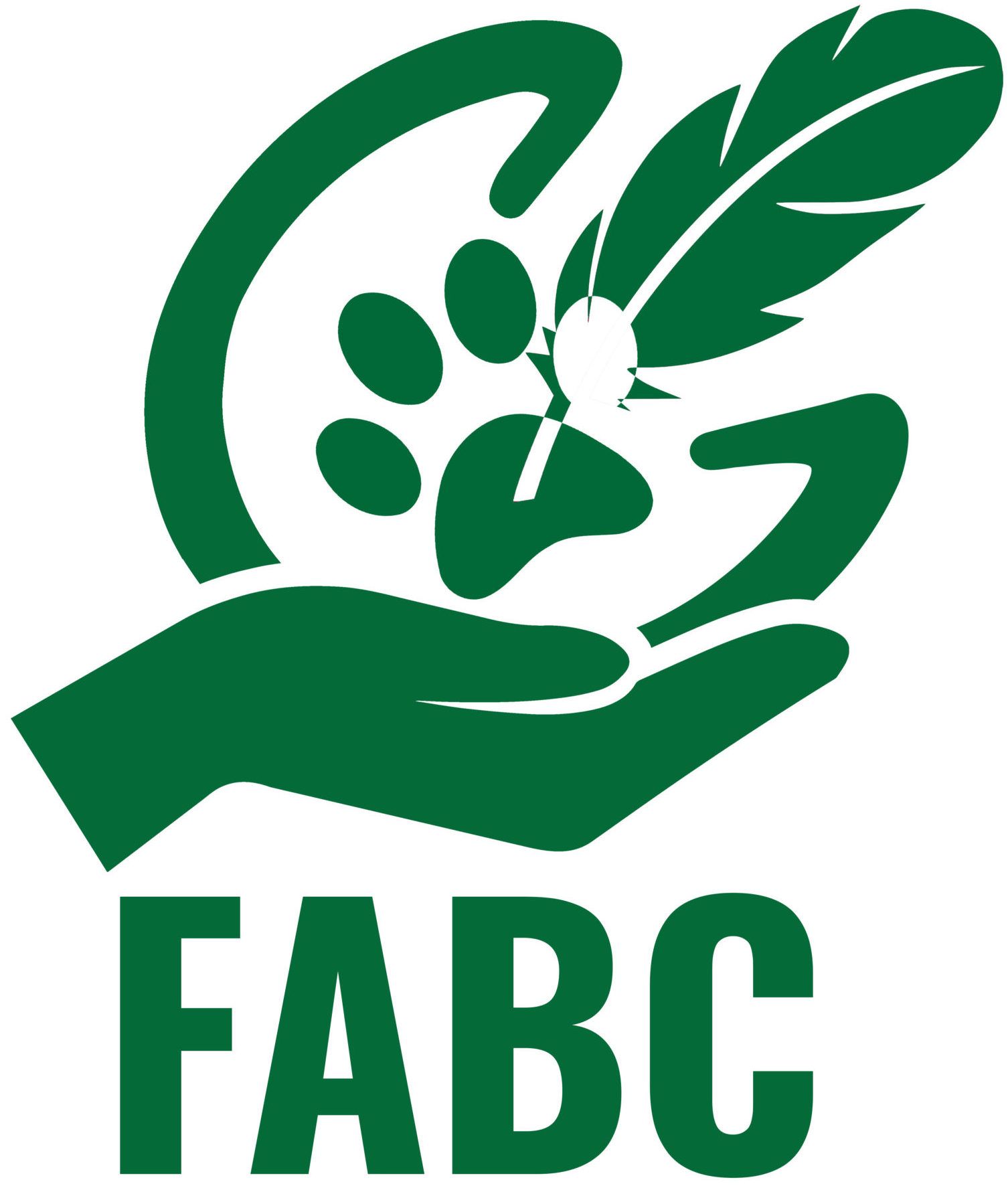The low down on separation related challenges
Information on attachment theory
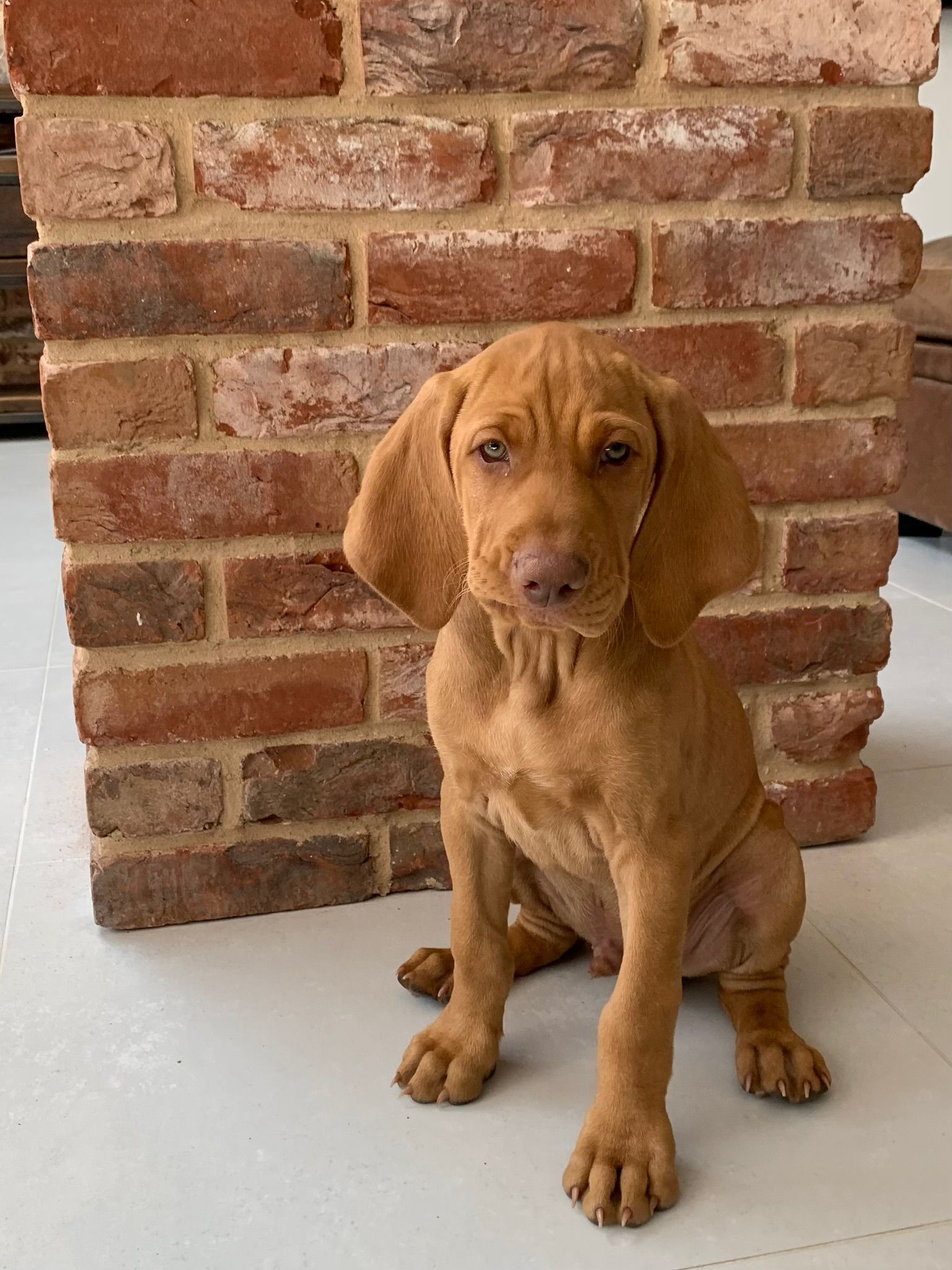
I was recently invited on to BBC World service news to talk about the range of gadgets that are in pets lives. I talked about how a camera that claims to cure separation anxiety is misleading and I wanted to talk about separation challenges in the blog today.
You may wonder where much theory about dog behaviour comes from (I know I did when I first started working with dogs!). While there are lots of studies that have taken place, there is still so much we don't know. In terms of separation cases, attachment theory is something I talk to my clients about alot.
Dog brains and human brains are very similar and much of the research we have is based on human theory and research.
Here is some info on Bowlby’s theory of human attachment. There are forms of attachment which include:
Secure attachment – where a baby and a caregiver such as a parent have a relationship where the baby feels the caregiver is there safe space. They are confident that their needs will be responded to and the caregiver will be available. (This is akin to responding to a dog when they need you). They are then not afraid to explore (and be alone), as they have confidence in that secure base. They also like to be beside you (proximity seeking).
Insecure attachment can be described as in terms such as anxious, disorganised, and avoidant. In terms of anxiety this can involve strategies to calm the feelings down that are akin to don’t leave me - this can be barking or howling. Avoidant attachment can be triggered by a feeling that the caregiver is not allowing them to have enough autonomy. Disorganised attachment can be a mix of the two. A painful experience or vet stay can increase proximity seeking.
Many things can affect a dog's attachment style including early experiences with the breeder or rescue centre and their mother's stress in pregnancy, or a scary experience in a certain location (loud wind or thunder in a certain room foe example).
Attachment styles can be changed.. for example, there has been success through training in creating safety signals to indicate that you're leaving.
As with all training there can be regressions and this is completely normal.
If you are interested in helping your dog feel safer about being left alone, you may be interested in joining the separation course starting in September. Contact me for more information: hello@stpawstrainingacademy.co.uk.

